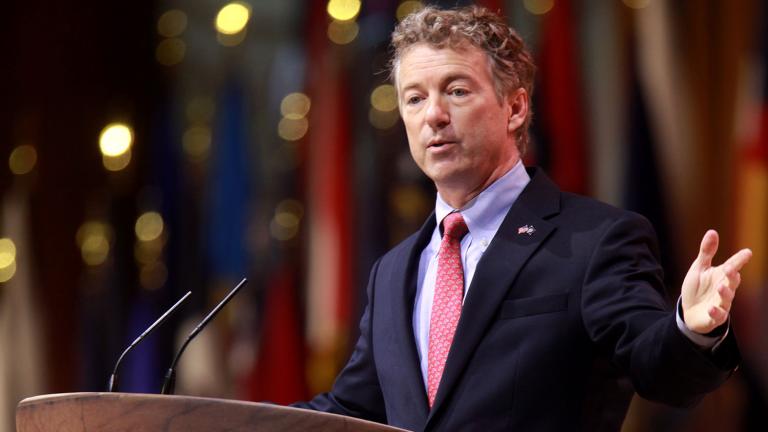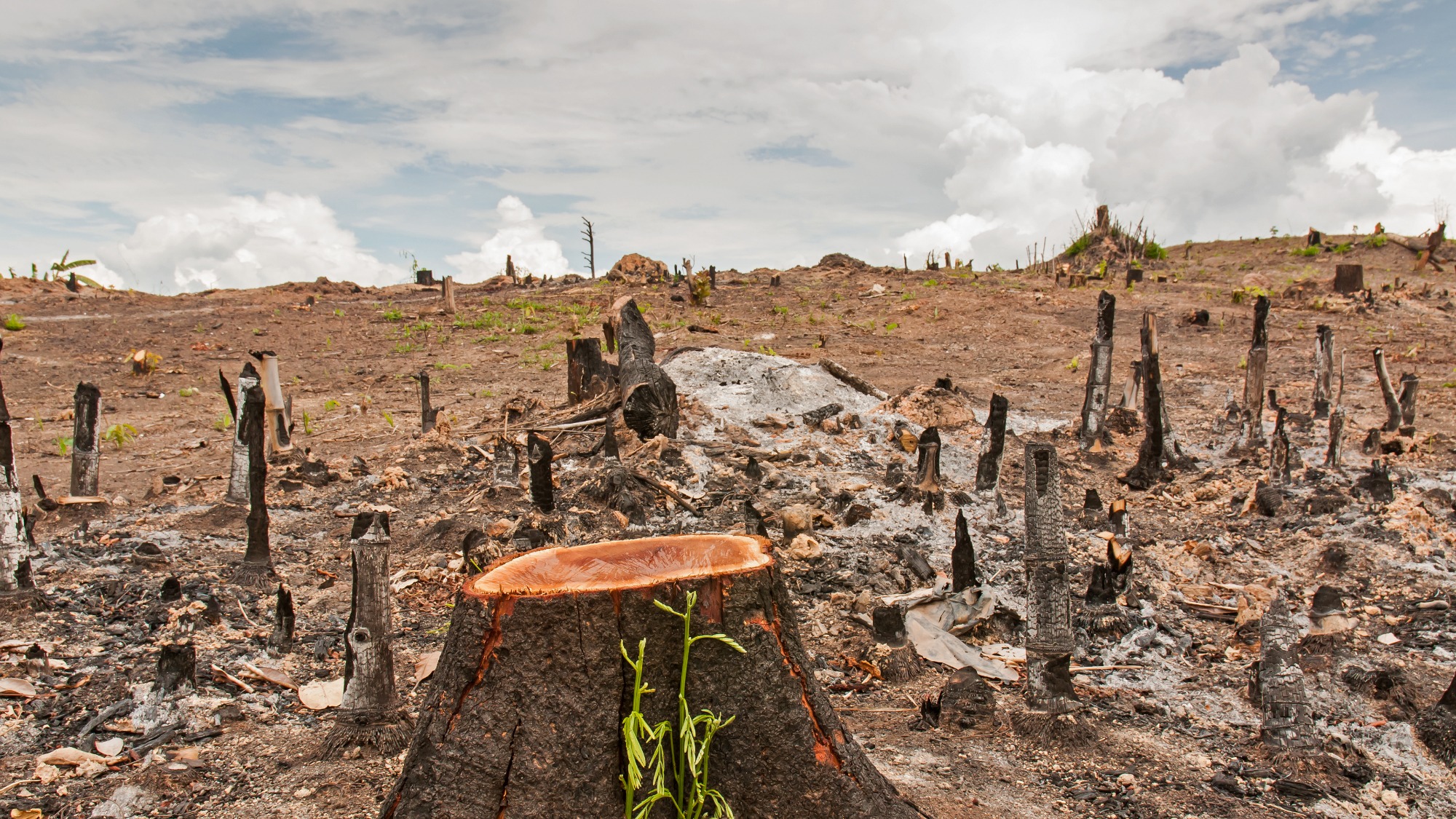Drones are one of the most important scientific advancements of our time — they also do a lot of weird shit. Drone technology has been used anywhere from burrito delivery services to transporting confidential government documents. Some drones, though, are designed to make the world a better place — and how better improve the world than planting billions of trees.
Former NASA engineer Lauren Fletcher has launched a new startup that would use drones to plant 1 billion trees a year. The startup, BioCarbon Engineering, is on a mission to balance the ravages of industrial-scale deforestation — which rips out roughly 26 billion trees a year — with industrial-scale tree planting. Y’know, machine vs. machine; Autobots and the Decepticons battling it out over global pine population.
Um. Anyway. The U.K.-based startup won a Skoll Foundation award in 2014, and a prototype of its technology was featured at the United Arab Emirates’ Drones for Good competition. Though the team is still testing its prototypes in the lab, Fletcher hopes to move to outdoor field trials in the U.K., Africa, and Brazil within the next few months.
The process, which Fletcher calls “precision planting,” works like this: The machines track fauna levels on the ground, then report back on the area’s “restoration potential.” If it’s ripe for the planting, the drones shoot germinated seed pellets into the soil at a speed of about 10 seeds per minute. That should add up to about 36,000 tree seeds a day, and around 1 billion per year.
And the drones won’t be haphazardly seed-bombing wherever soil is rich enough: The team is working with local reforestation organizations to ensure that the each region’s specific biodiversity needs are met.
“[We] hope that this approach will become a standard tool that forest restoration organizations will be able to use when it is the right tool for the right location and conditions,” Fletcher wrote in an email. “While there are times it won’t be, with the estimated 370 million hectares that need replanting (700 billion trees), there is a great need to automate and expand the planting rate.”
Here’s more from Fast Company:
Fletcher doesn’t say the method is better than hand planting, just cheaper … In all, UAV-seeding could be about 15% of the cost of traditional methods, he says.
Any and all proponents of saving-the-trees earn my utmost respect (it’s my Climate Thing, OK?), but let’s do some real talk: Even if Fletcher and friends meet their billion seed goal, many of them won’t stand a chance at making it to full maturity. Because deforestation does major damage to soil, even carefully hand-planted seeds sometimes have low survival rates. And restoring a forest isn’t a quick fix — growing a complex ecosystem takes years and years of regeneration. That is, if it ever happens at all.
Fletcher’s robots would be a Band-Aid, not a cure, for the larger issue of industrial-scale deforestation. An example of a real panacea would be corporate no-deforestation policies, which would cut-down on the, uh, cutting-down of forests worldwide.
In the meantime, this project is putting drone technology to good use. Now, if we could just invent a drone to personally deliver champagne to celebrate — oh, wait.




